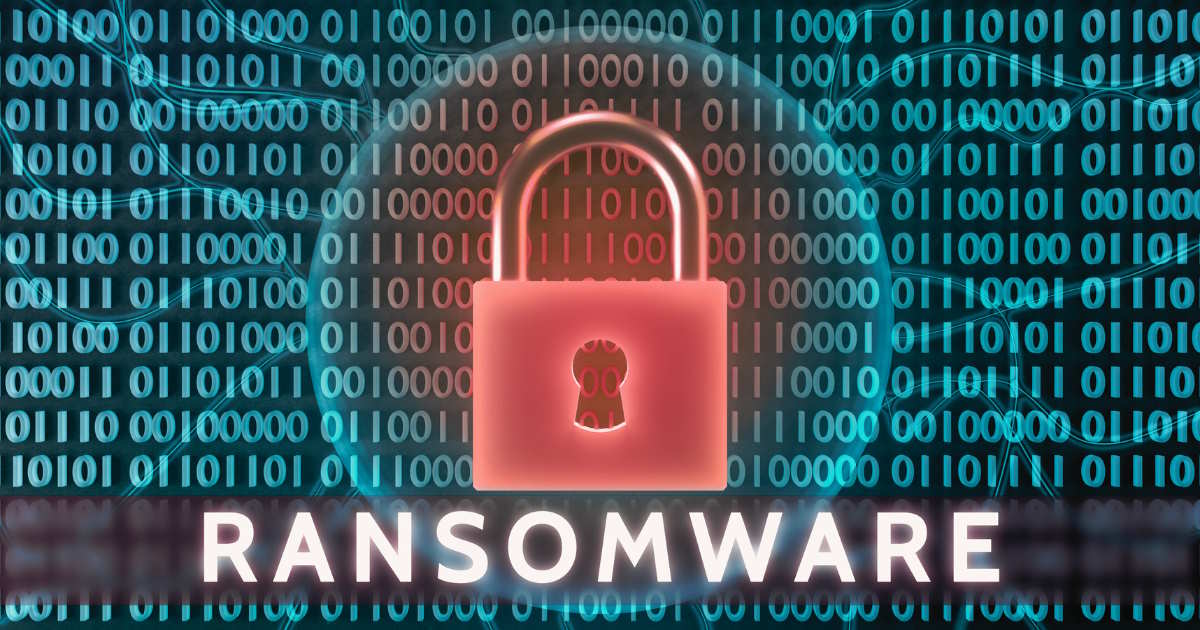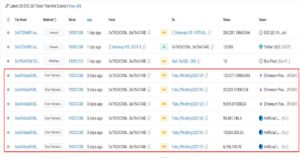The latest Arctic Wolf Labs Threat Report reveals that cybercriminals are using more aggressive tactics to extort their victims. A new report from Arctic Wolf Labs reveals a alarming trend – ransomware groups are driving up their initial ransom demands to unprecedented levels. Revealing an increasing number of ransomware attacks and a dramatic increase in ransom demands. Despite all efforts by law enforcement agencies to disrupt cybercriminal activities, attackers are evolving their tactics and becoming more aggressive.
According to the Arctic Wolf Labs Threat Report, the average initial ransom demand increased by 20% year-over-year, reaching around $600,000. Certain sectors faced even more excessive demands, with public administration, retail, energy, and the legal system reporting average ransoms of $1 million or even more.
Dr. Sebastian Schmerl, Regional Vice President Security Services EMEA at Arctic Wolf, attributes this escalation to the mounting pressure on ransomware actors. “Ransomware groups feel increasingly cornered due to international prosecution efforts and victims’ growing reluctance to pay,” he explains. “It’s unsurprising that they’re inflating ransoms, aggressively exposing companies on leak sites, and experimenting with new attack vectors.”
The report delves deeper than just statistics, showcasing how attackers are adapting and employing more aggressive tactics to maximize their impact. These tactics include:
- Publicly exposing stolen data: This tactic, often referred to as “leak shaming,” aims to pressure victims into paying by publicly divulging sensitive information stolen during the attack.
- Leveraging AI-powered phishing emails: By using artificial intelligence, attackers are crafting more sophisticated and personalized phishing emails, making them harder to detect and increasing the success rate of these attempts.
Dr. Schmerl stresses the importance of:
- 24/7 security monitoring: Continuous monitoring allows organizations to identify suspicious activity early, potentially preventing a full-blown attack.
- Anomaly detection: By establishing baselines for normal network activity, organizations can leverage anomaly detection tools to identify unusual behavior that might signal an attack.
- Robust incident response plans: Having a well-defined plan in place ensures a swift and coordinated response in the event of a security breach, minimizing potential damage.
The report also highlights the threat of Business Email Compromise (BEC) attacks. Arctic Wolf’s Incident Response team found that BEC incidents accounted for nearly 30% of all examined incidents last year, testament to their prevalence and effectiveness.












